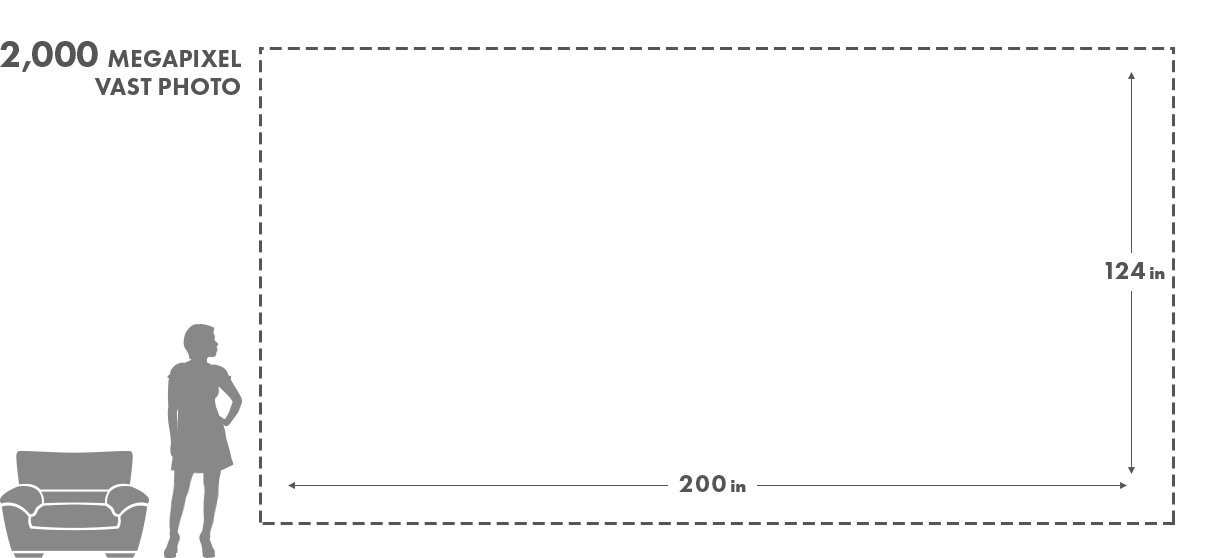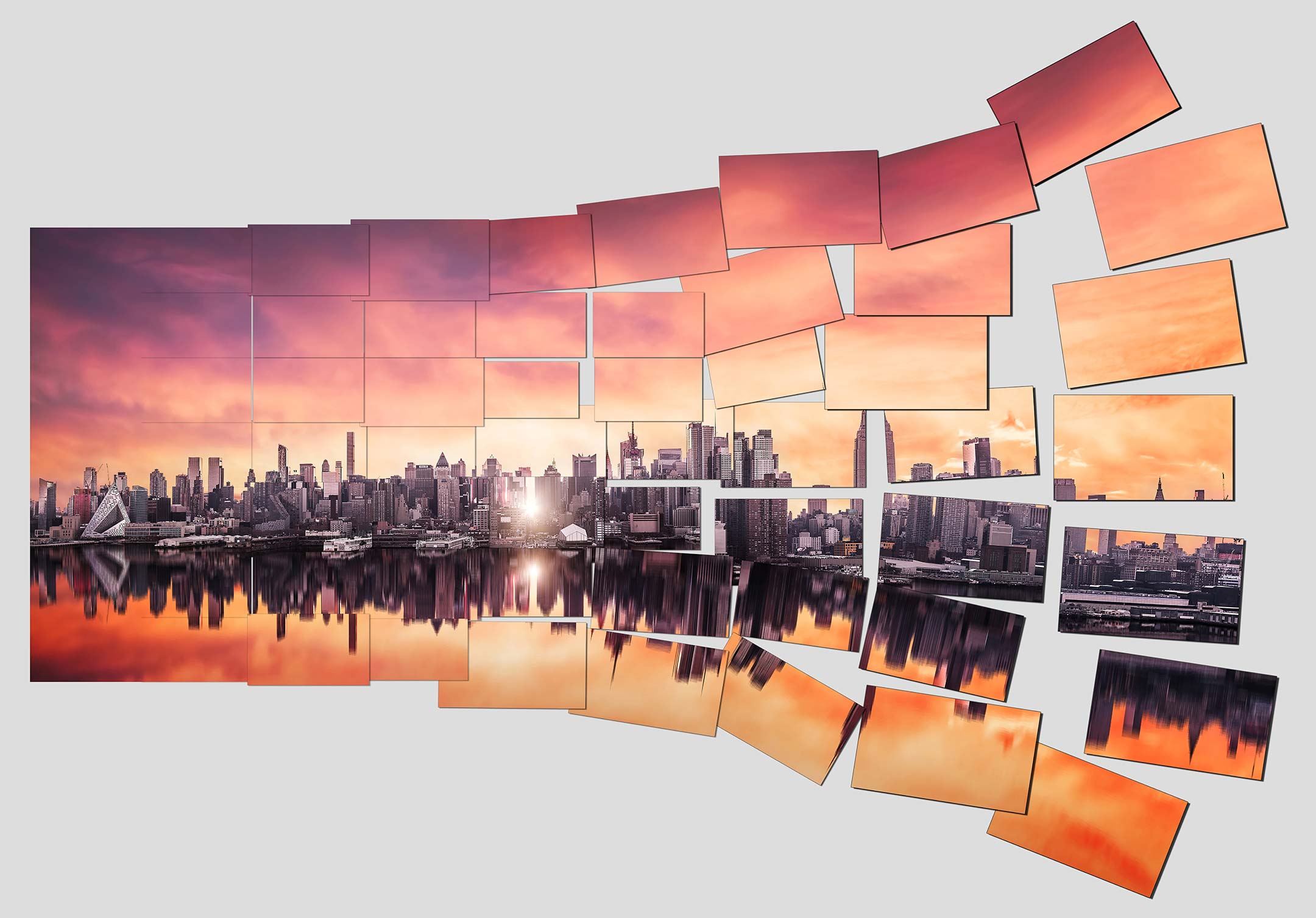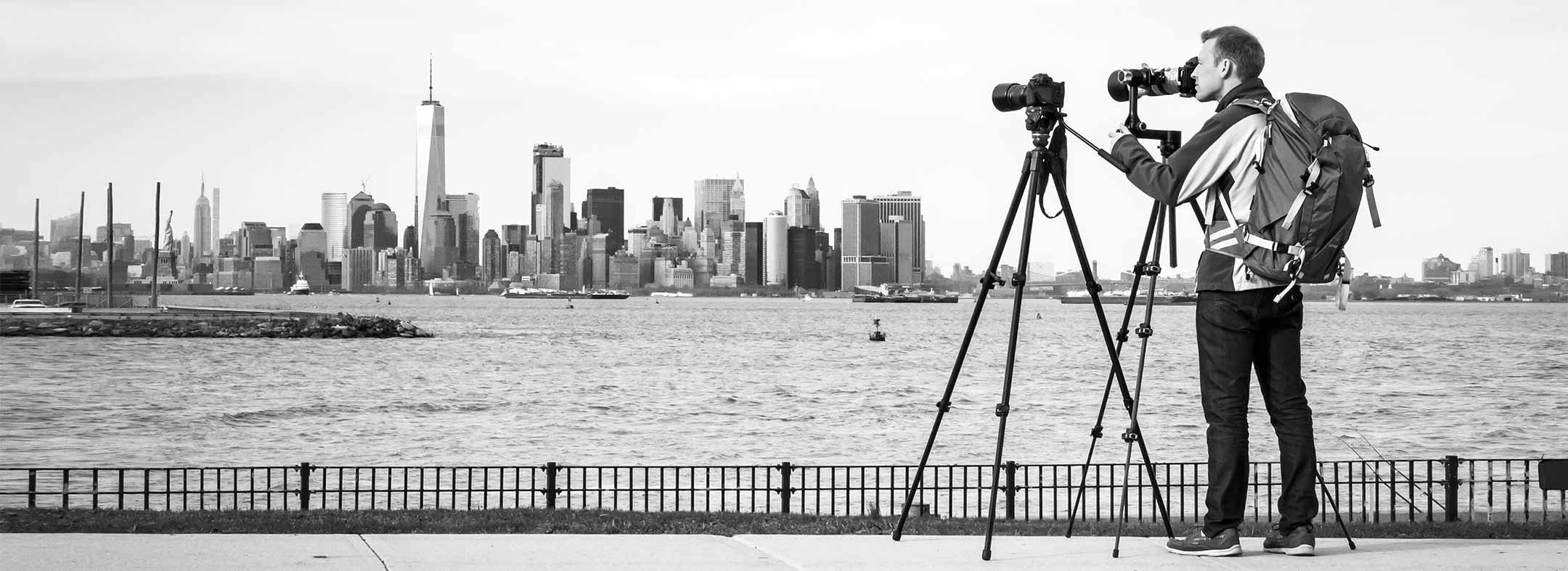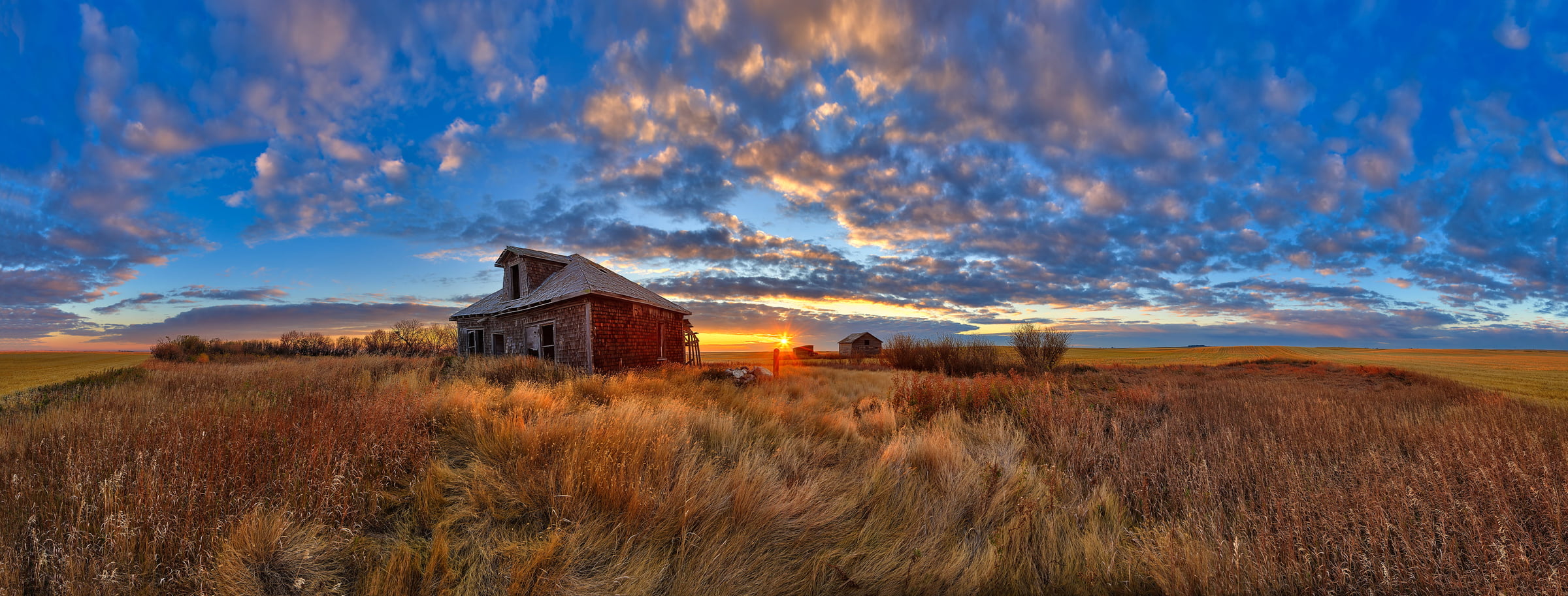How we create the highest resolution photos ever made
The VAST Technique
VAST photos' record-setting resolutions are achieved by seamlessly stitching together many individual images of a scene. Each individual image is only a small section of the scene and a few dozen megapixels. However, after all the images are compiled together, the result is a photo of the entire scene with a resolution that can be thousands of megapixels.
We are perfectionists
Refined over years of practice and experimentation, we have perfected every step of the VAST photo creation process. Learn more about the process, equipment, and methods involved below.
Location scouting & image pre-visualization
Every photo starts with a great deal of location scouting and brainstorming. For any given subject, there are countless different angles, perspectives, and conditions to consider. We plan for a time to shoot the photo with a keen awareness of how the scene changes depending on the weather, the time of day, and the time of year. Even small changes in lighting, timing, or conditions can dramatically alter the mood of a scene. The rest of the process is merely working to create the final image we've already visualized in our mind.

Meticulous exposure technique
Exposing the matrix of images that will be stitched together into the final VAST photo can take anywhere from a few minutes to a few hours. Unlike traditional photographs, a VAST photo's exceptional resolution demands the utmost attention to detail at this point, whether we're calculating the hyperfocal distance to establish the sharpest possible image, accounting for the direction of moving objects to ensure they're portrayed accurately, physically locking our apertures to guarantee exactly identical exposure characteristics, or carefully adjusting circular lens filters to correct for camera rotation. Finally, we will typically repeat this step, performing multiple passes over the scene with different exposure settings to capture the full dynamic range of the lighting.
Finely-tuned specialty equipment
The exposure process utilizes a number of specialty tools such as rotational gimbal mounts, modified tripods, wind shields, and field computers. All of this gear is precisely manufactured to the highest standards because the incredibly high resolution of a VAST photo means that even the tiniest amount of mechanical vibration or perspective-shift during the exposure process can ruin an entire photo. Our specially-made gimbal mounts enable the camera's perspective on the scene to remain unchanged as we rotate the equipment to expose the matrix of images. Additionally, we use some of the best prime lenses up to 800mm and shoot with cameras employing latest ultra high megapixel image sensors. As a result, VAST photos are strikingly devoid of typical adverse optical artifacts such as noise, distortion, and chromatic aberration.
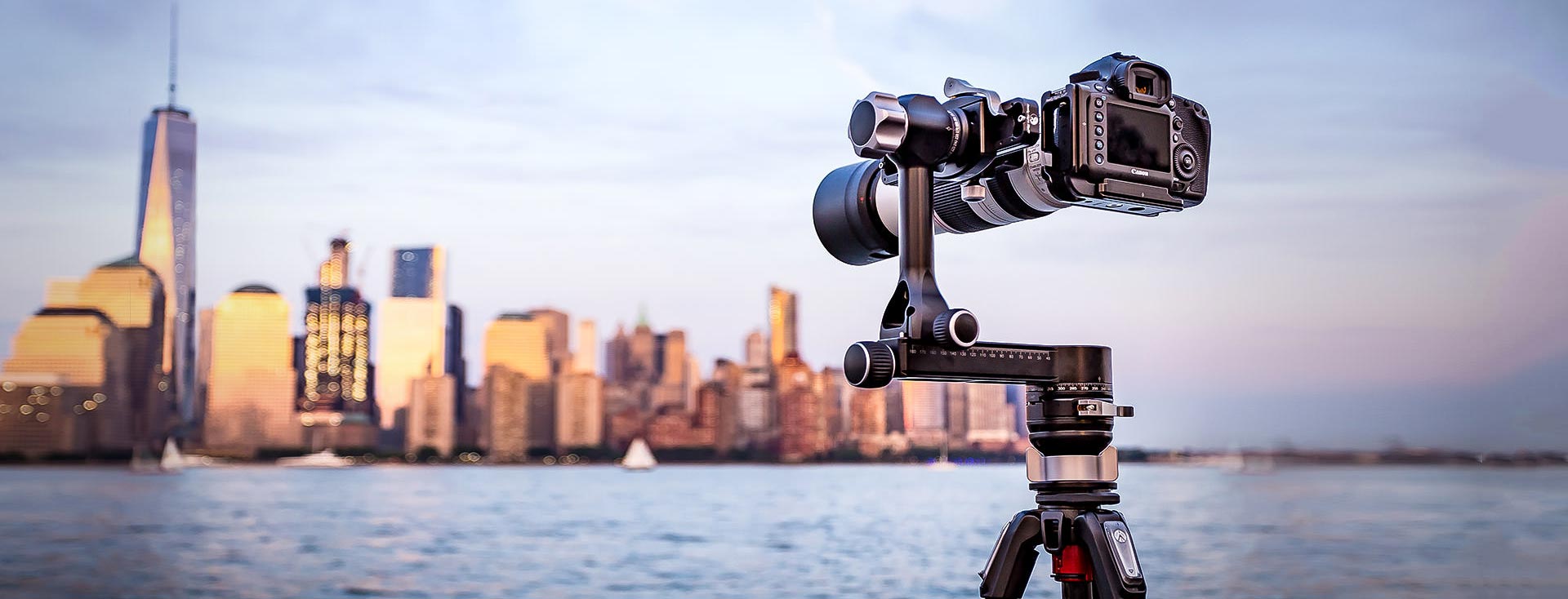
Raw image data processing & stitching
During the image processing step, we are very careful with the demosaicing algorithms we use to convert the raw image data from our camera sensors into visible image files. This is because we need to ensure a consistent reproduction of luma values across the entire final photo. Then, utilizing specialty software and image processing algorithms that we've created, we stitch the individual images together, carefully aligning all elements and smoothly blending each frame together, resulting in a single, seamless, full-size photo.
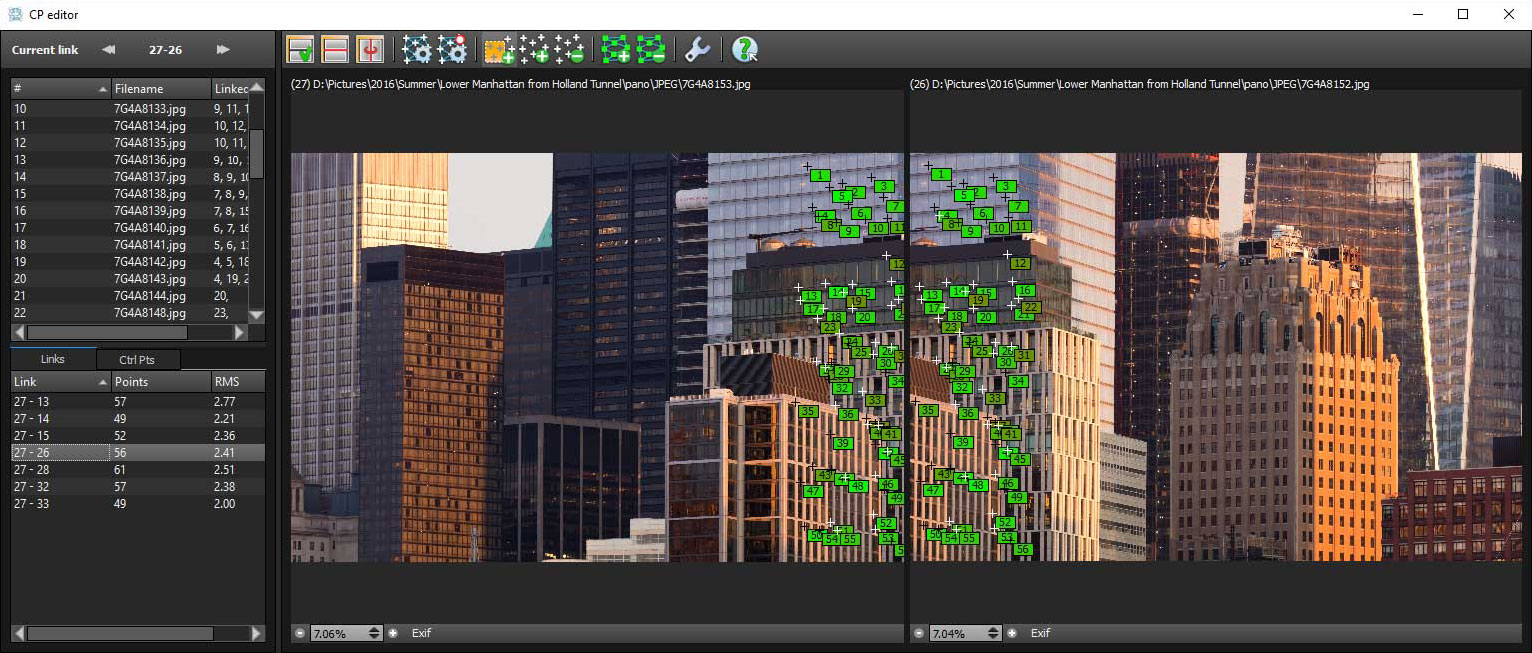
Advanced photo blending and color enhancements
We then use software tools and custom processing scripts to blend together multiple photos of the target scene, each with different exposure characteristics. This creates a VAST photo that accurately represents the full tonal range of colors and light in the scene. This step also results in a photo with a visual aesthetic that captures the emotion of the scene as it was. This entire creation process from capture to edit to print is executed using a 16-bit, wide-gamut, color-calibrated workflow.

Extreme computing power
We use liquid-cooled, overclocked computers in order to efficiently process the gargantuan volume of image data that is used in the VAST photo creation process. A single VAST photo asset can alone be over a terabyte in size. Our expertise in computer science has enabled us to custom build our own computers from the ground up because you quite simply can't buy pre-made computers that are powerful enough to wrangle photos of this size. A single one of our computers is more powerful than a dozen high-end MacBook Pro computers combined.
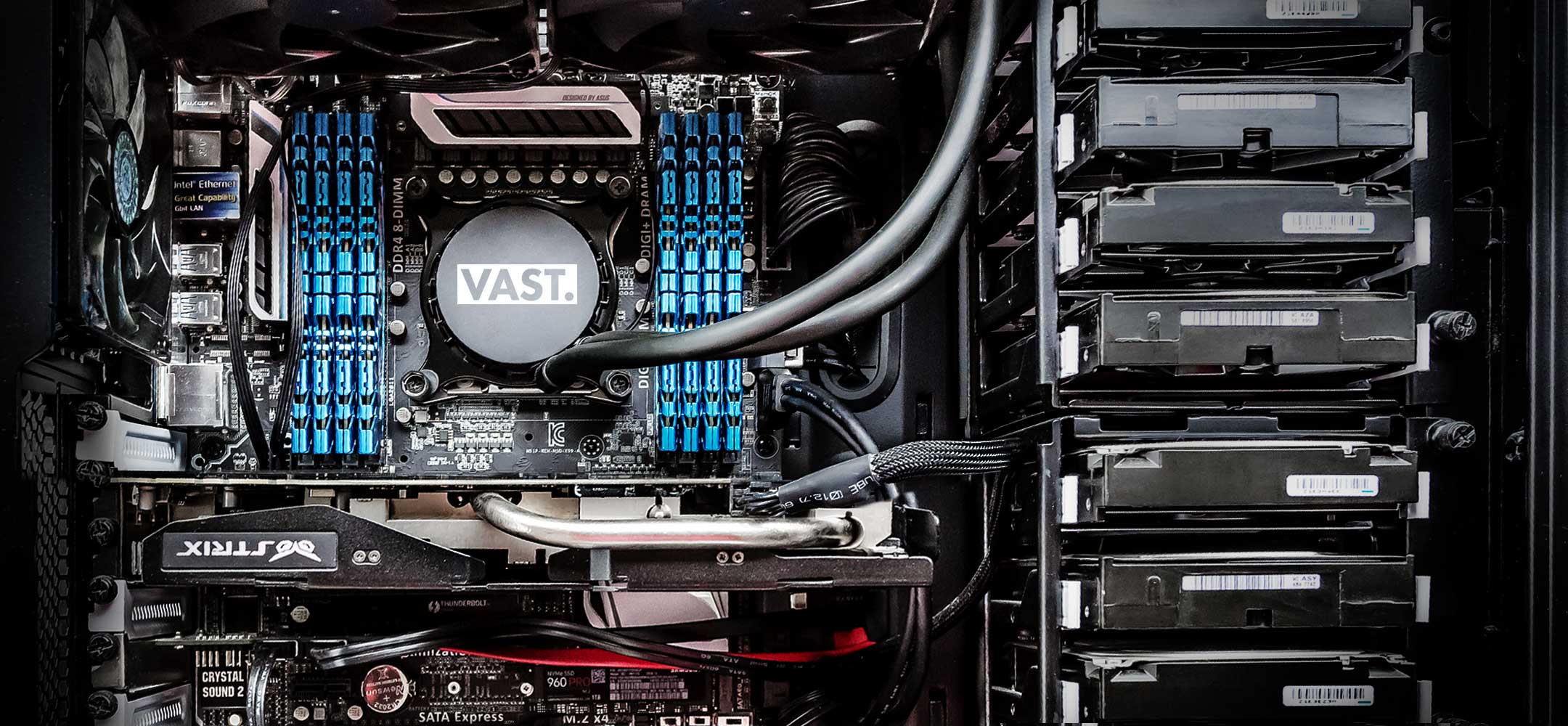
Printer-specific file polishing
Our focus on perfection doesn't stop once we have the final VAST photo file. We carefully tune the photo to look best on the specific printer we'll be generating the physical print on. We've tested dozens of printers and materials to perfect our image tuning algorithms to ensure the highest image quality on the world's best printers.
Learn more about our specialty VAST Prints™ here and our canvas prints here
Fun fact:
The image stitching process is similar to your phone camera's "panorama mode. However, phone cameras use lenses that have very wide angles of view and thus only require a few images (taken while you're panning your phone) to capture an entire scene. On the other hand, we use lenses that can be more than 10 times as zoomed in. This means that a panorama photo that would have required your phone to take 3 images, requires us to take 300. And, as you can imagine, 300 50-megapixel images from a very high quality DSLR camera results in a dramatically more impressive photo than 3 8-megapixel images from a poor quality phone camera.


